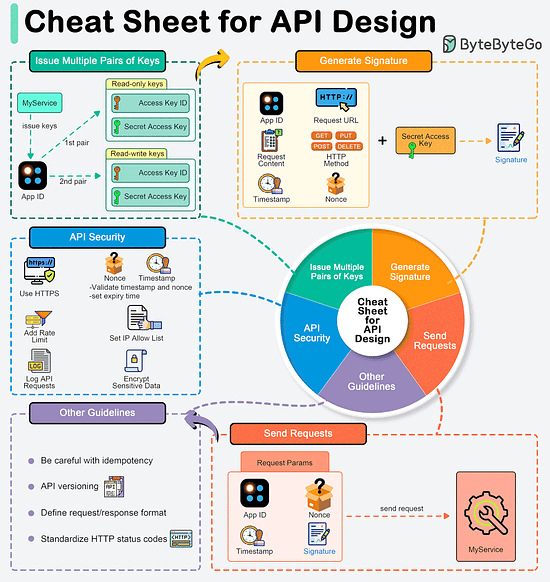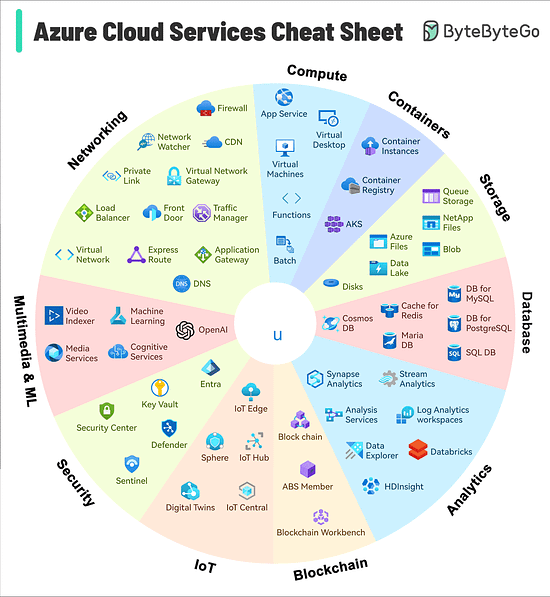- Mailing Lists
- in
- EP113: AWS Services Cheat Sheet
Archives
- By thread 5321
-
By date
- June 2021 10
- July 2021 6
- August 2021 20
- September 2021 21
- October 2021 48
- November 2021 40
- December 2021 23
- January 2022 46
- February 2022 80
- March 2022 109
- April 2022 100
- May 2022 97
- June 2022 105
- July 2022 82
- August 2022 95
- September 2022 103
- October 2022 117
- November 2022 115
- December 2022 102
- January 2023 88
- February 2023 90
- March 2023 116
- April 2023 97
- May 2023 159
- June 2023 145
- July 2023 120
- August 2023 90
- September 2023 102
- October 2023 106
- November 2023 100
- December 2023 74
- January 2024 75
- February 2024 75
- March 2024 78
- April 2024 74
- May 2024 108
- June 2024 98
- July 2024 116
- August 2024 134
- September 2024 130
- October 2024 141
- November 2024 171
- December 2024 115
- January 2025 216
- February 2025 140
- March 2025 220
- April 2025 233
- May 2025 239
- June 2025 303
- July 2025 133
EP113: AWS Services Cheat Sheet
EP113: AWS Services Cheat Sheet
This week’s system design refresher:
Collaborating on APIs is Easier With Postman (Sponsored)Whether you’re a team of four or 40,000, development teams need to collaborate on APIs. API Collaboration improves developer productivity by empowering both API producers and consumers to share, discover, and reuse high-quality API assets. Postman revolutionizes the experience of collaborative API development with Collections and Workspaces. Used together, they enable API design, testing, and documentation, providing a shared canvas for collaborating on API assets. Learn how Postman is giving teams of all sizes and functions the ability to rapidly iterate on API development, elevate the quality of their APIs, and extend their API workflows for large-scale initiatives. Do You Know How Mobile Apps Are Released? AWS Services Cheat SheetAWS grew from an in-house project to the market leader in cloud services, offering so many different services that even experts can find it a lot to take in. Latest articlesIf you’re not a paid subscriber, here’s what you missed. To receive all the full articles and support ByteByteGo, consider subscribing: A cheat sheet for API designsAPIs expose business logic and data to external systems, so designing them securely and efficiently is important.
Azure Services Cheat SheetLaunching in 2010, Microsoft Azure has quickly grown to hold the No. 2 position in market share by evolving from basic offerings to a comprehensive, flexible cloud ecosystem. Today, Azure not only supports traditional cloud applications but also caters to emerging technologies such as AI, IoT, and blockchain, making it a crucial platform for innovation and development. How do computer programs run?The diagram shows the steps.
SPONSOR USGet your product in front of more than 500,000 tech professionals. Our newsletter puts your products and services directly in front of an audience that matters - hundreds of thousands of engineering leaders and senior engineers - who have influence over significant tech decisions and big purchases. Space Fills Up Fast - Reserve Today Ad spots typically sell out about 4 weeks in advance. To ensure your ad reaches this influential audience, reserve your space now by emailing hi@bytebytego.com © 2024 ByteByteGo |
by "ByteByteGo" <bytebytego@substack.com> - 11:35 - 25 May 2024





